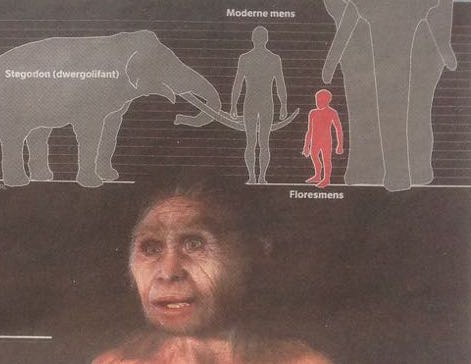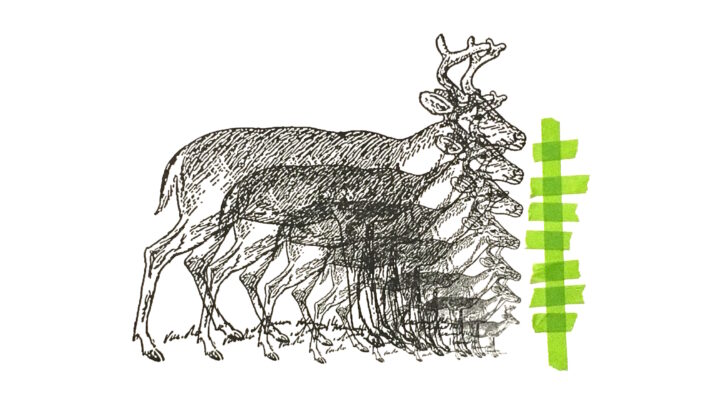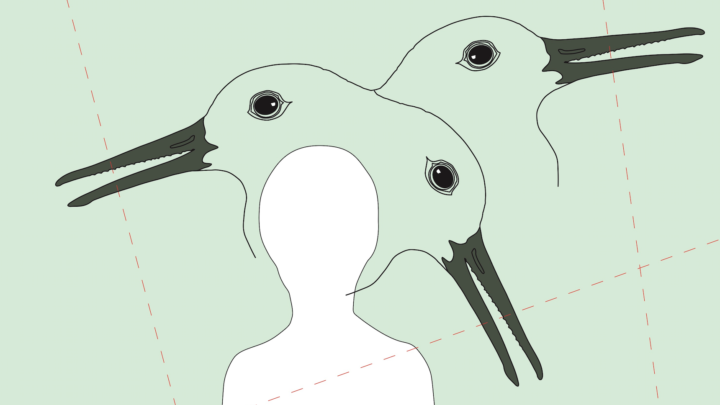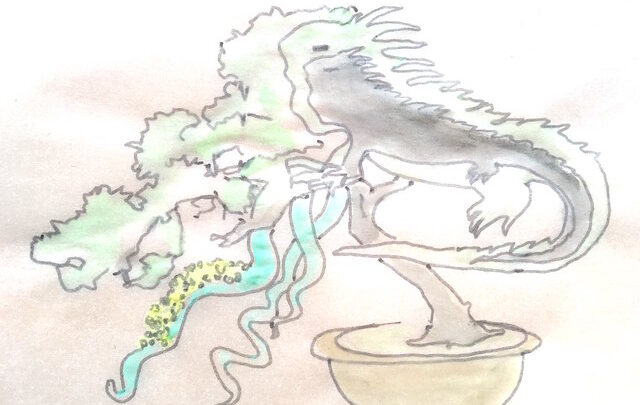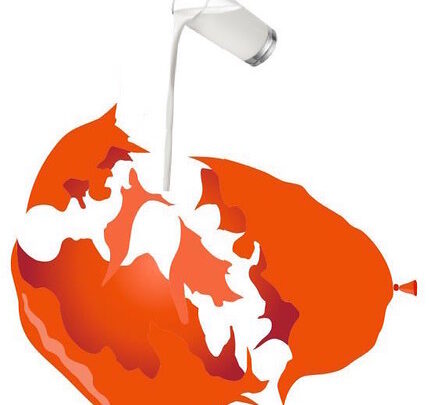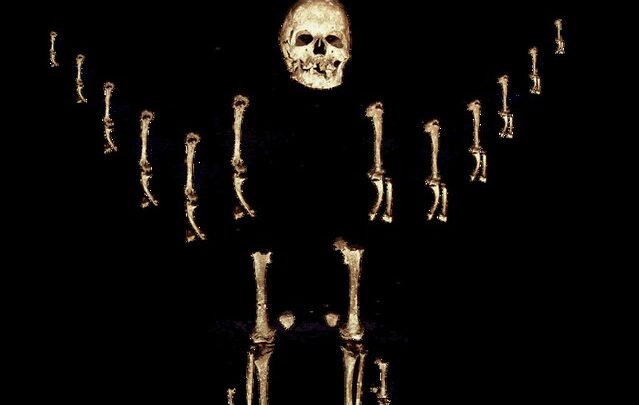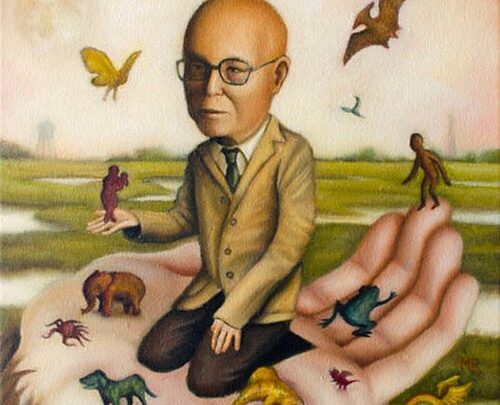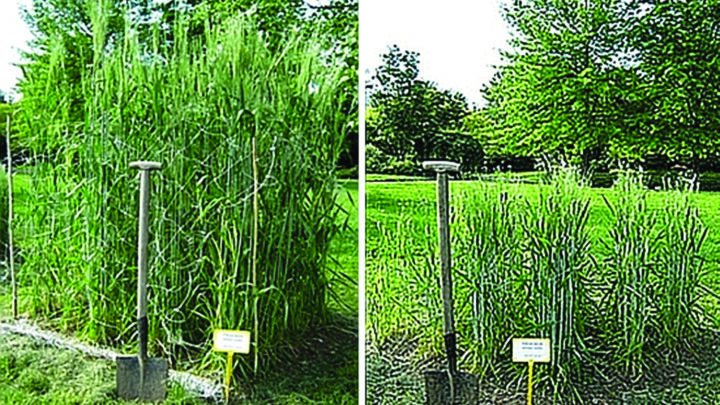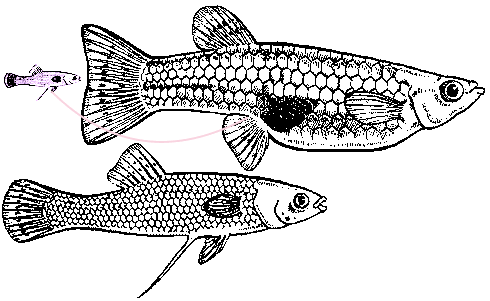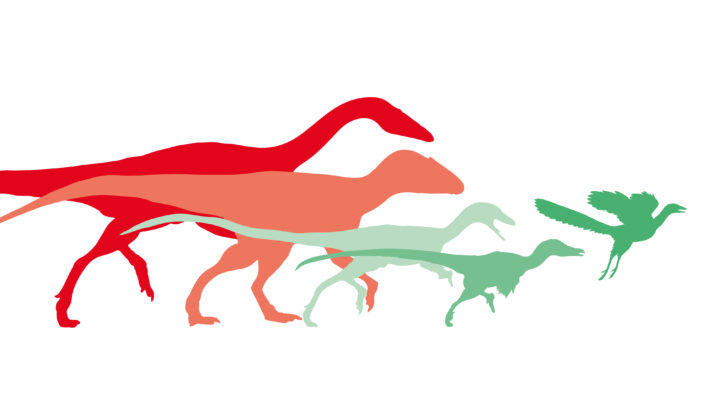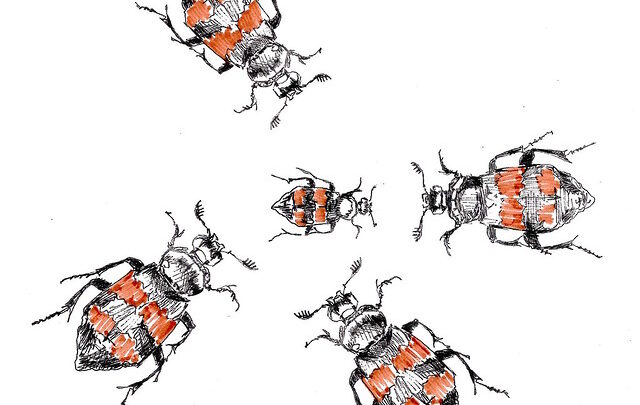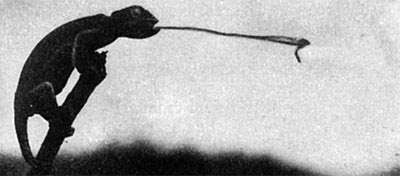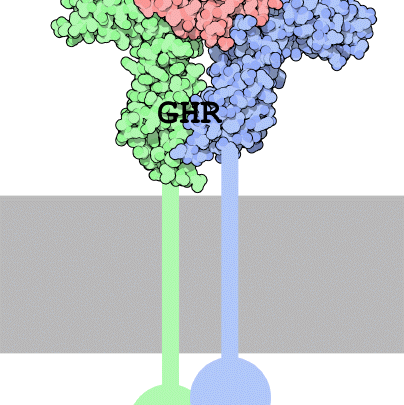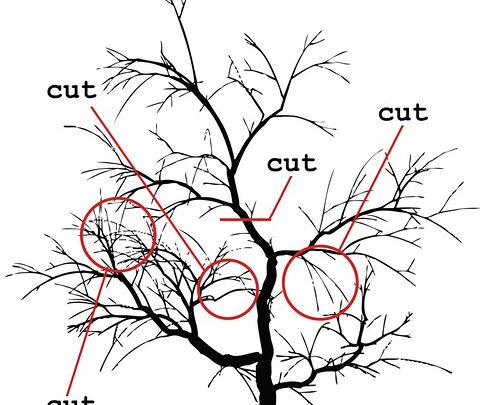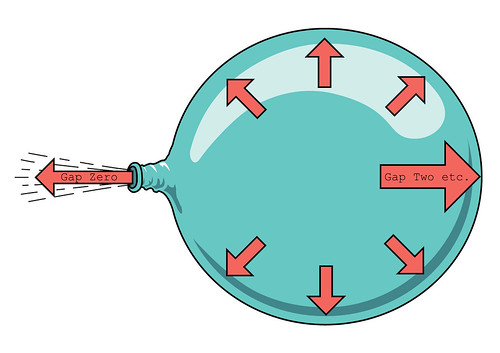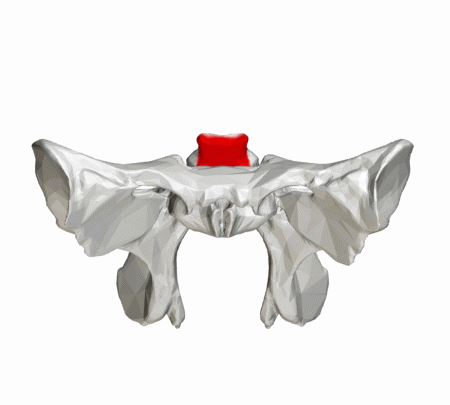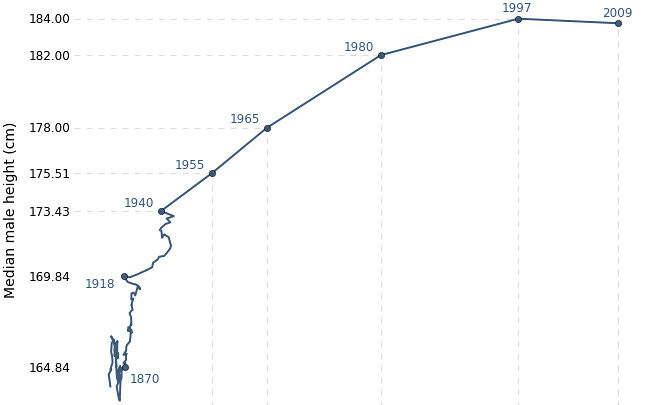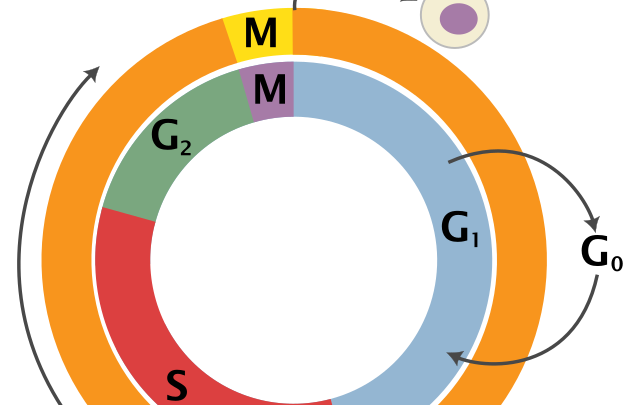Search Results for: art
Abundance Fantasies: Body Inflation
June 3, 2016Body inflation is the practice of inflating or pretending to inflate a part of one’s body. It is commonly done by inserting balloons underneath clothes and then inflating them. Some people have specially made inflatable suits made from latex rubber to make themselves bigger all over. Others explore this fantasy through animation,…
Royal (Feynmann) Antelope
May 16, 2016Red Knot Protein Transition
May 13, 2016Various animal species are responding to global warming by reducing their body size. In the mid 19th century biologists had already observed the ecogeographic principle that within a broadly distributed taxonomic clade, populations and species of larger size are found in colder environments, while populations…
Shrink Agents
April 30, 2016Full Growth Potential
April 8, 2016In 1997 the World Health Organisation undertook a comprehensive review of child growth references. It stated: ‘We now have scientific evidence proving that infants and children from geographically diverse regions of the world experience very similar growth patterns when their health and nutrition needs are…
